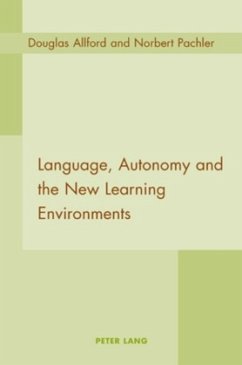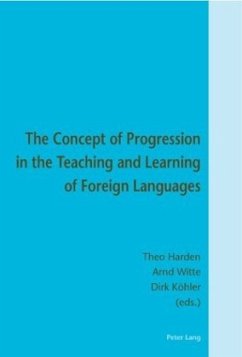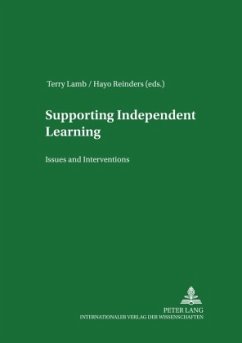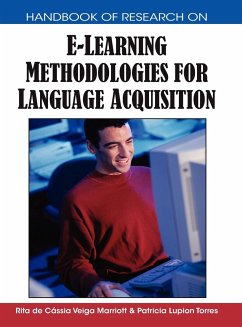
Language Learning with Computers: The Students' Perspective
A Theoretical and Empirical Investigation. Habilitationsschrift.
Versandkostenfrei!
Versandfertig in 6-10 Tagen
104,20 €
inkl. MwSt.

PAYBACK Punkte
0 °P sammeln!
Computer-assisted language learning (CALL) has advanced considerably of late. More and more frequently online modules are integrated into formal educational contexts, with virtual and face-to-face learning environments co-existing. This book examines university students' reactions to blended learning at a time when the usefulness of the computer for research and communication is uncontested, while its benefits as a teaching tool are still somewhat controversial. The first part of the book provides a detailed overview of research into individual differences - e.g. aptitude, motivation, and cogn...
Computer-assisted language learning (CALL) has advanced considerably of late. More and more frequently online modules are integrated into formal educational contexts, with virtual and face-to-face learning environments co-existing. This book examines university students' reactions to blended learning at a time when the usefulness of the computer for research and communication is uncontested, while its benefits as a teaching tool are still somewhat controversial. The first part of the book provides a detailed overview of research into individual differences - e.g. aptitude, motivation, and cognitive style - and the theoretical context of CALL. A series of studies then examines empirically in what way students' experience of blended learning is linked to individual learner differences and other contextual variables.












